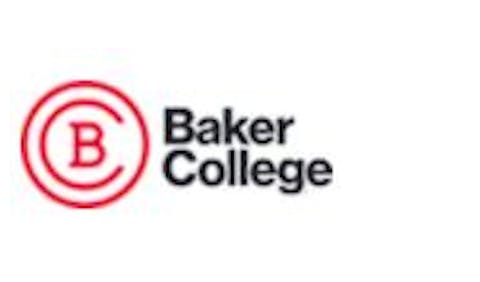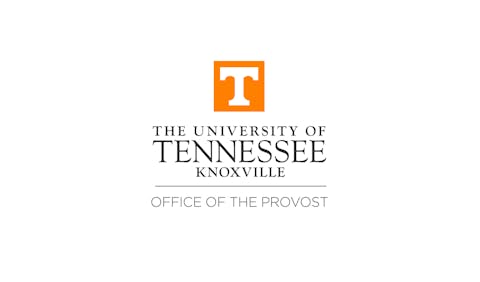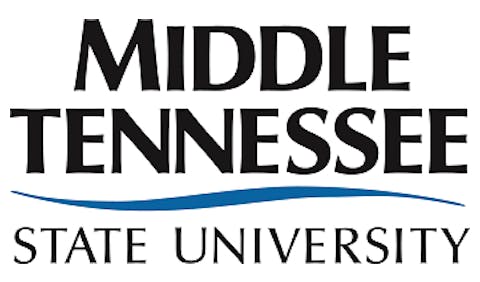Clinton Signs Higher Education Act Reauthorization
President Bill Clinton ended a detailed national two-year review of
higher education policy October 7 when he signed into law a
reauthorization of the Higher Education Act.
A higher maximum Pell Grant, lower interest rates on student loans,
and help to recruit at-risk youth for college are among highlights of
the bill, which was signed into law at a White House East Room ceremony.
Flanked by congressional leaders of both parties, Clinton said the
bill culminates a three-year period in which the nation dramatically
expanded aid to higher education. He mentioned a list of
accomplishments that included the Hope Scholarship and Lifelong
Learning tax credits enacted last year.
“College is no longer a luxury for the well-to-do, or even an
opportunity for hard-working, middle-class kids whose parents save. It
is an economic necessity for every American and for our country as a
whole,” the president said.
Clinton said the lower loan interest rates in the new bill could save the typical student $700.
“Anybody who can remember what it was like, knows that $700 to a college student is still real money,” he said.
The president also thanked Rep. Chaka Fattah (D-Pa.), a
Congressional Black Caucus member and prime architect of the new
GEAR-UP program of partnerships to encourage middle and high school
students to pursue a higher education. Students will receive mentors
who can help them look at academic and financial issues to help them
plan for college.
“We’re not only trying to open the doors of college to all
Americans, but to make sure all Americans know the doors are open,”
Clinton added.
President, Congress Reach Budget Deal
After weeks of tense debate, President Bill Clinton and the
Republican Congress have agreed to a fiscal 1999 budget that includes
many substantial increases for education.
The agreement includes an estimated $1 billion in new funds to help
schools hire and train up to 100,000 new teachers. This issue was a
major stumbling block that kept Congress from meeting its original
October 9 budget deadline.
Both sides claimed victory on the issue. Democrats noted that the
GOP had agreed to accept one of the top White House education
priorities, while Republicans praised final language that would send
the money to local areas with little or no federal involvement.
National Education Association President Bob Chase credited both
parties, but thanked Clinton’s “aggressive leadership in keeping the
class size proposal as a priority.”
Other details of the agreement remained sketchy as Black Issues
went to press, although the final bill will cover thousands of federal
programs across dozens of agencies. However, lawmakers were expected to
approve a small increase in the maximum Pell Grant. Earlier, lawmakers
were considering a new maximum of $3,100 to $3,150; the top grant now
stands at $3,000.
Congress also agreed not to kill a summer youth employment program
favored by the Clinton administration. Earlier this year, the House
voted to terminate the program, funded at $871 million in 1998.
But one Clinton goal that did not make the final cut was one to
build new schools. Republicans said the money would mainly go to inner
cities while avoiding suburban and rural needs, but Democrats cited
data showing many schools in poor physical condition. America’s school
buildings need about $20 billion in improvements, according to the NEA.
More funding for Head Start, TRIO programs, and college work/study
also are likely in the final budget bill, analysts say. The bill will
cover the 1999 fiscal year, which began October 1. The government has
operated on short-term spending bills since October 1 as Congress and
the White House sought to resolve these issues.
HBCUs Getting Support from Various Federal Agencies
While the fate of Education Department programs was center stage
during Congress/White House budget talks this month, historically Black
colleges and universities managed to improve their lot through spending
bills that will provide funding for other federal agencies in fiscal
year 1999, which began October 1.
Tucked away in some unusual places of the federal budget are new
funds for HBCUs in 1999. One example is at the National Science
Foundation, which will receive $13.5 million from Congress to serve
underrepresented populations at HBCUs.
These NSF activities must fund “reform initiatives” designed to
increase the number of science professionals of color, according to a
congressional report. At least $7.5 million of this account will go to
graduate level activities, with $6 million for undergraduate programs
at the NSF’s education and training directorate.
Additionally, Congress has asked the NSF to provide another $2
million for undergraduate efforts from the foundation’s research budget.
HBCUs also will receive funds in fiscal 1999 under the Department
of Housing and Urban Development’s Community Development Block Grants
program. Communities may use CDBG funds for a variety of projects to
stimulate economic development and revitalize neighborhoods. The HUD
bill contains hundreds of congressional earmarks for specific projects,
a few of which will aid HBCUs.
Through the main CDBG account, Congress would reserve $10 million
for HBCUs, including $1 million from that pot for Dillard University in
New Orleans. Above that figure, Congress also reserved $600,000 for
Bethune-Cookman College, $100,000 for Alabama A&M University to
restore historic buildings on the campus, and $100,000 for Hampton
University to support a high-speed technology network.
The 1999 budget for the National Aeronautics and Space
Administration also will provide an extra $11.6 million for Black
colleges next year to support academic programs. Of this amount, $10
million will go to the Science, Engineering, Mathematics, and
Aeronautics Academy (SEMAA), a program that targets youth in specific
cities and counties. While $5.5 million will support existing academy
programs, $4.5 million will help create new efforts in St. Louis;
Jamaica, N.Y.; DeKalb County, Ga.; and Greenville, N.C.
The remaining $1.6 million from this NASA account will renovate
facilities at Morgan State University, allowing the university to offer
math and science education workshops for at-risk students in middle and
high schools.
Finally, House and Senate negotiators will continue support for the
Alliances for Minority Participation program at the NSF, which seeks to
attract and retain minority students in programs that lead to science
and engineering degrees. Lawmakers would rename the program for Rep.
Louis Stokes (D-Ohio), a senior Congressional Black Caucus member who
will retire this year.
COPYRIGHT 1998 Cox, Matthews & Associates
© Copyright 2005 by DiverseEducation.com


















